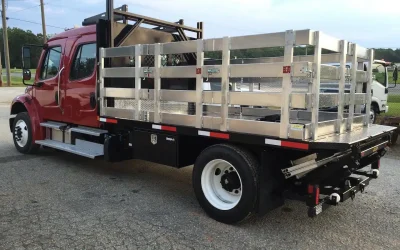The screw conveyor market is growing daily. Such growth is made possible by the rising demand for screw conveyors in various industries. According to research, the global conveyor market will reach USD 10.6 billion in three years.
Segmentation of the global screw conveyor market depends on a few factors. These include rotation capacity, the product, region, and end-use industry. The demand for screw conveyors contributes to the establishment of several screw conveyor manufacturers.
So, what are screw conveyors, and how do they work?
The Meaning of Screw Conveyors
A screw conveyor facilitates the transportation of bulk materials from one part of the manufacturing process to the next.
Screw conveyors play several roles as:
• Collectors
• Distributors
• Feeders
• Mixers
Screw conveyors function by pushing materials as the screws revolve in troughs, fixed pipes, or housing. The equipment looks like a typical screw in design.
Inside it, bearings hold the auger on either end. The simplistic design allows numerous industries to use screw conveyors to transport granules, powders, grains, liquids, and flakes.
Screw conveyor manufacturers design their equipment to provide inclined, vertical, and horizontal travel paths.
Components of Screw Conveyors
Various parts make up a screw conveyor. Although designs differ, some components remain similar throughout. They include:
• Conveyor Screw: The conveyor screw is the main component. It is responsible for pushing solids along the trough’s length. It has a shaft with a wide blade.
• Trough: The U-shaped trough is the most common but there are many more types of troughs. The trough houses the conveyor screw and supports the bulk material in transit. Flanged feet or saddled support the length of the trough. A rigid flat cover (removable) found across the length of the trough protects the material from contamination such as dust.
• Electric Motor: Electric motors located near the tough’s discharge power screw conveyors. The placement of these parts enables the pulling of the bulk material to the drive end. The tension on the screw flights reduces fatigue and wear to the screw conveyor components.
Screw conveyors are easy to incorporate into industries such as food and beverage processing companies and agricultural industries. They have simple designs, energy efficiency, durability, and portability.


